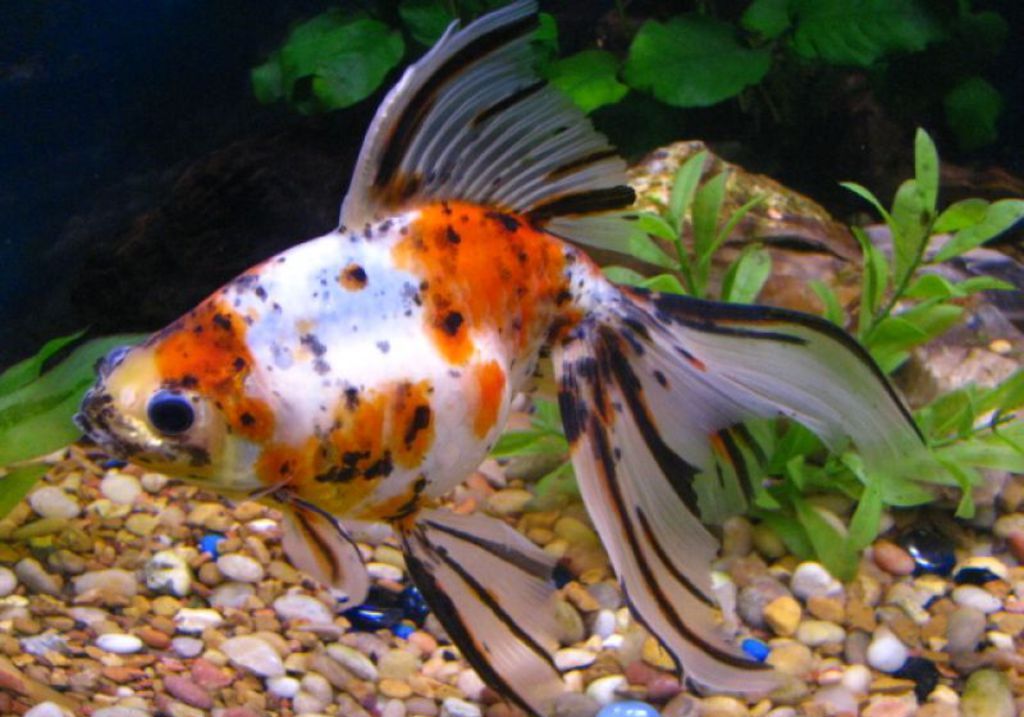

Because they enjoy being in shoals, or groups, of 4 or more, it is important to provide them with a large tank to support their grouping behaviors. Pictus catfish need a large aquarium of at least 55 gallons to support their activity levels.

They prefer flowing waters, both in major river channels and their tributaries. The native habitat of the Pictus catfish is tropical, shallow freshwater rivers and streams that have a sandy substrate with lots of vegetation. They also are found around the world in fish farms and tropical freshwater aquariums where they are bred and raised as pets. Most of the wild population size is found throughout Colombia, Venezuela, Peru, and Brazil. Pictus catfish live in the shallow, tropical waters of the Amazon and Orinoco river basins in South America, their native habitat. Pictus Catfish Distribution, Population, and Habitat Distribution and Population They do not grow as large in aquariums, only reaching 2 to 3 inches (5-7 cm) in captivity unless their aquarium is of adequate size, and they are fed a diet that best replicates their natural feeding. The typical size ranges from 3 to 5 inches (7-12 cm) which is quite small for catfish. They are bottom-dwelling fish that spend most of the time foraging through the substrate with long barbels or whiskers that can grow long as their body. It is sharp to the touch and helps ward off predators. Their dorsal fin stands straight up and is more angular than other catfish’s dorsal fins. The Pictus catfish have an attractive appearance, with silver bodies speckled black with dots. Pictus Catfish Appearance Pictus catfish have long barbels that can reach 2-3 inches in fully grown adults. They are one of the smallest species of freshwater catfish and are commonly kept for the aquarium trade industry. The Pictus catfish, scientifically known as the Pimelodidae pictus belongs to the Pimelodidae family that belongs to the Pimelodus genus. Pictus Catfish Classification and Scientific Name They have long barbels that can reach 2-3 inches in fully grown adults.They are social fish that enjoy being in groups of four or more.Pictus catfish’s spiny dorsal fin produces a venomous sting warding off predators and preventing being eaten or picked on.They are active fish that have a sharp dorsal fin, and their most distinctive feature is long barbels that are located near their mouth. Franz Steindachner, an Austrian zoologist, discovered them inhabiting the tropical rivers in South America in 1876. The Pictus catfish is a member of the Pimelodidae family. These fish are also commonly kept in freshwater aquariums and are popular with the aquarium trade industry. The Pictus catfish is a small freshwater catfish that is native to the shallow Orinoco and Amazon river basins.


 0 kommentar(er)
0 kommentar(er)
